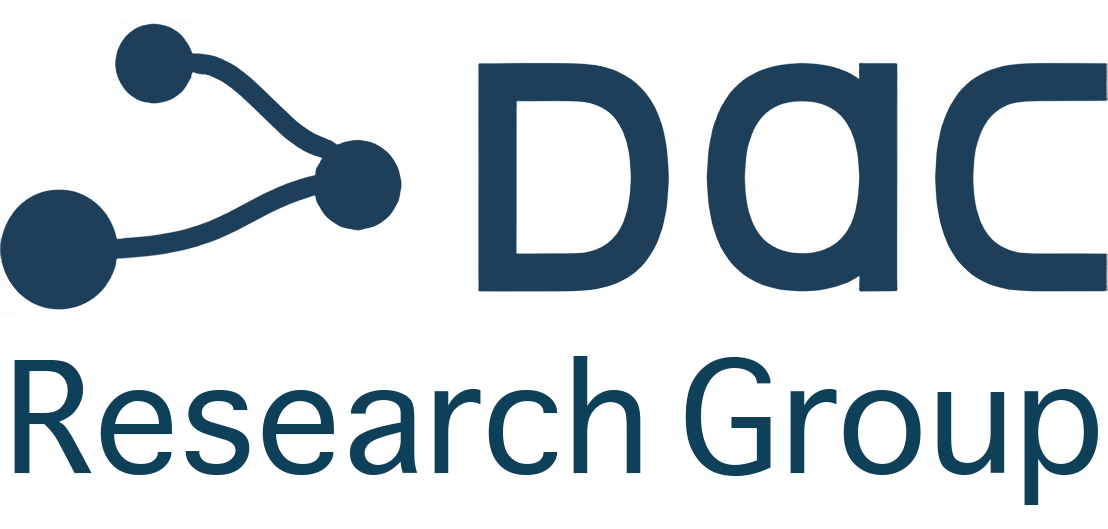
Participating Members
Overview
PHYSICS empowers European CSPs exploit the most modern, scalable and cost-effective cloud model (FaaS), operated across multiple service and hardware types, provider locations, edge, and multi-cloud resources. To this end, it applies a unified continuum approach, including functional and operational management across sites and service stacks, performance through the relativity of space (location of execution) and time (of execution), enhanced by semantics of application components and services. PHYSICS applies this scope via a vertical solution consisting of a:
-Cloud Design Environment, enabling design of visual workflows of applications, exploiting provided generalized Cloud design patterns functionalities with existing application components, easily integrated and used with FaaS platforms, including incorporation of application-level control logic and adaptation to the FaaS model.
-Optimized Platform Level FaaS Service, enabling CSPs to acquire a cross-site FaaS platform middleware including multi-constraint deployment optimization, runtime orchestration and reconfiguration capabilities, optimizing FaaS application placement and execution as well as state handling within functions, while cooperating with provider-local policies
-Backend Optimization Toolkit, enabling CSPs to enhance their baseline resources performance, tackling issues such as cold-start problems, multitenant interference and data locality through automated and multi-purpose techniques.
PHYSICS will produce an Artefacts Marketplace (RAMP), in which internal and external entities (developers, researchers etc) will be able to contribute fine-grained reusable artifacts (functions, flows, controllers etc).
PHYSICS will contribute to open source tools and initiatives/policies (Gaia-X, Green Deal, EOSC, Eur. Strategy for Data), while validating the outcomes in 3 real-world applications (eHealth, Agriculture and Manufacturing), making a business, societal and environmental impact on EU citizen life.
Team Contributions
Reasoning Framework for Semantic Matching and Runtime Adaptation: We will provide the tools to use in a functional context the semantic descriptions, through exposing them in a service-oriented manner (through frameworks such as Jena, Fuseki etc.) as well as offer reasoning capabilities and semantic inference. To this end, the task will develop abstracted querying nodes to be incorporated and instantiated so that relevant operators can be included during the application graph specification. Semantic Models for Service
Characteristics Description. We will provide the necessary semantic models (ontologies) in order to capture a cloud or edge service’s functional and non-functional requirements and capabilities. To this end it needs to capture aspects of the service type (e.g. object storage service, DB service, computational VM/container service) as well as h/w enhancements (e.g. SSD, GPU, redundancy etc capabilities), scaling parameters and endpoints, needed APIs for its enactment and realization, location, potential security and energy certificates or categorizations, cost
vs performance trade-offs through relevant metrics, offered SLA parameters, etc. In this process, the task will also exploit existing standards such as TOSCA or ISO 19086-2, from which relevant concepts will be transferred to the OWL domain in order to support inferencing at later stages (during the exploitation of the semantic models).

